International
Latin American alert: Imminent risk of a fentanyl crisis?
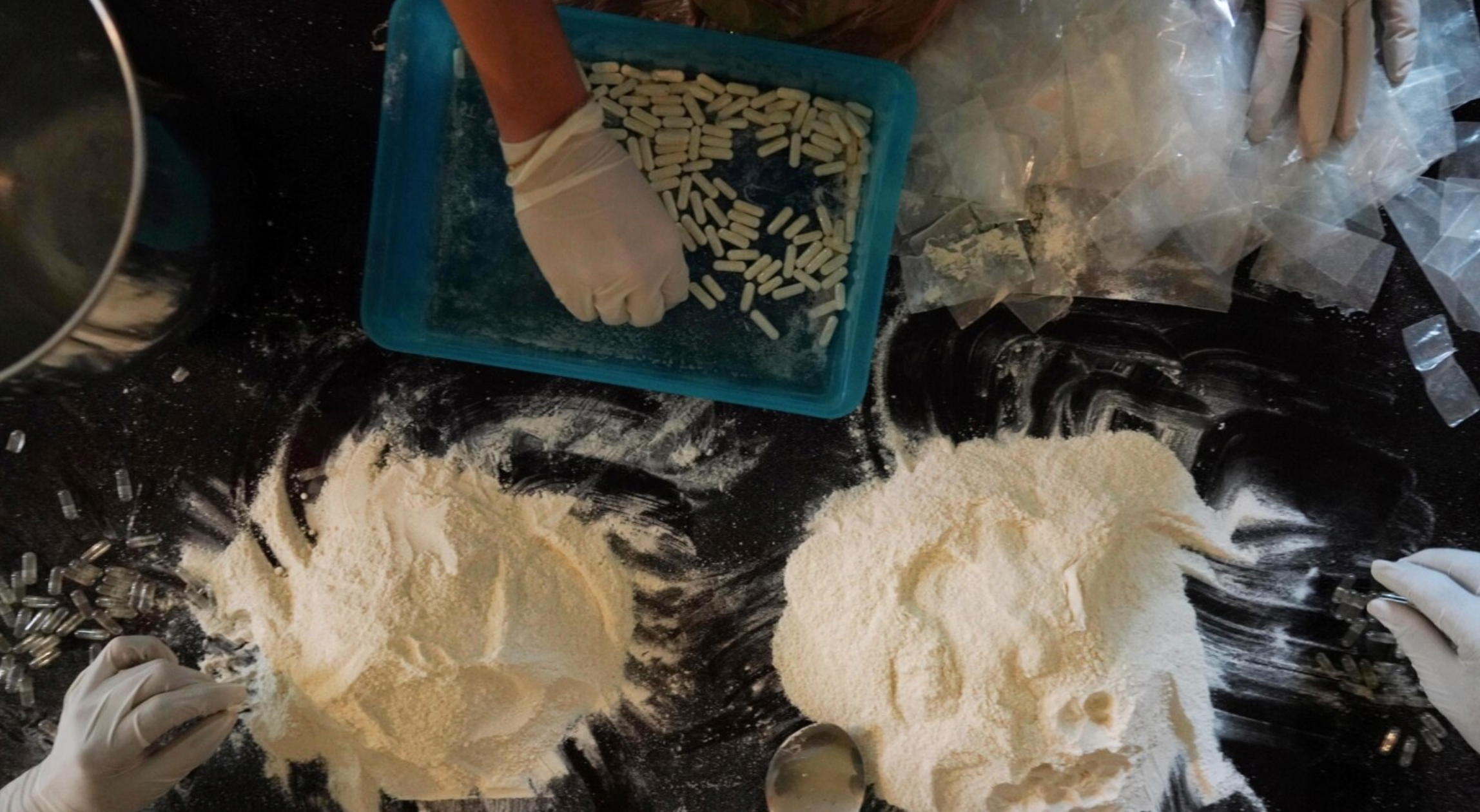
November 29 |
On the streets, fentanyl is known as “King Ivory”, “White Chiva”, “Tango” or “Murder 8”. This synthetic opioid, which authorities claim is up to 50 times more potent than heroin and 100 times stronger than morphine, has raised red flags in Latin America, raising the possibility of facing its own fentanyl crisis.
Brian Clark, a special agent with the U.S. Drug Enforcement Administration (DEA), describes it as the cause of the most devastating drug crisis in U.S. history. Its ease of manufacture, low cost and high lethality make it a significant threat.
In this context, Lisa Monaco, U.S. Assistant Attorney General, highlights the key feature of fentanyl that contributes to its dangerousness: it is fully synthetic and its supply is potentially unlimited.
The increase in fentanyl seizures in Latin America is alarming, reports InSight Crime. Countries such as Costa Rica, Argentina, Colombia, Panama, Ecuador, Brazil and Venezuela have been affected by this growing trend.
Argentina experienced a significant case last year in which a mixture of cocaine and an extremely strong type of fentanyl resulted in the death of 24 people in 24 hours, according to Candice Welsch, regional representative of the United Nations Office on Drugs and Crime.
Given this scenario, the question arises: Is it imperative for the region to take immediate preventive measures?
Experts highlight the importance of comparing the illicit use of fentanyl between Latin America and other regions, as well as its origin. While in the United States the Sinaloa and Jalisco cartels are responsible for the flow of fentanyl, in South America the problem lies more in the diversion of medical fentanyl into illicit channels, rather than its illegal production, according to Julian Quintero, a researcher at ATS Corporation.
The presence of other synthetic drugs in the region, such as tusi, ecstasy and ketamine, poses an ongoing challenge and could facilitate the expansion of fentanyl in an already receptive market, warns Welsch.
While experts consider it unlikely that illegal fentanyl produced in Mexico will be widely distributed in Latin America, they urge not to underestimate its presence. The region does not have a marked history of opioid use as in the United States, but Quintero notes that the trend in consumption is toward stimulants.
Faced with these challenges, experts emphasize the importance of implementing preventive measures in the region, suggesting strengthening the legislative framework and preparing adequately to face a possible arrival of fentanyl. Expertise in substance testing, supervised consumption rooms and community education are essential tools to mitigate the risks associated with this dangerous substance.
International
Police investigate deaths of Rob Reiner and wife as apparent homicide

The Los Angeles Police Department (LAPD) is investigating the deaths of Hollywood actor and filmmaker Rob Reinerand his wife as an “apparent homicide,” amid a wave of tributes to the director of classics such as When Harry Met Sally.
According to U.S. media reports on Sunday, Rob Reiner and Michele Singer Reiner were found dead at their Los Angeles mansion with what appeared to be stab wounds.
Several political figures shared messages of condolence following the reported deaths of the director of A Few Good Menand his wife.
While the LAPD did not officially confirm the identities of the victims, it stated that homicide detectives were dispatched to the Reiner residence.
“At this time, no additional details are available and the investigation into an apparent homicide is ongoing,” the Los Angeles Police Department said in a statement posted on social media.
LAPD Deputy Chief Alan Hamilton told reporters that no arrests have been made and that no individuals are currently being questioned as suspects.
“I’m not going to confirm whether anyone is being questioned at this moment or not. We are going to try to speak with as many family members as we can,” Hamilton said.
CNN reported that a family spokesperson confirmed the deaths of Reiner and his wife.
California Governor Gavin Newsom, former U.S. President Barack Obama, and former Vice President Kamala Harrisissued statements expressing their condolences.
International
U.S. and Mexico Reach Deal to Address Water Deficit Under 1944 Treaty
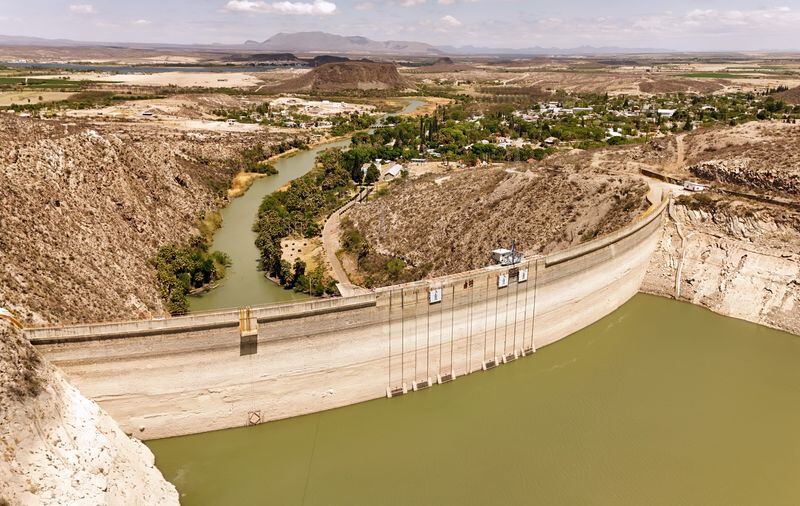
The United States and Mexico have reached an agreement to comply with current water obligations affecting U.S. farmers and ranchers and for Mexico to cover its water deficit to Texas under the 1944 Water Treaty, the U.S. Department of Agriculture said in a statement.
The department уточified that the agreement applies to both the current cycle and the water deficit from the previous cycle.
On Monday, U.S. President Donald Trump accused Mexico of failing to comply with the water-sharing treaty between the two countries, which requires the United States to deliver 1.85 billion cubic meters of water from the Colorado River, while Mexico must supply 432 million cubic meters from the Rio Grande.
Mexico is behind on its commitments. According to Washington, the country has accumulated a deficit of more than one billion cubic meters of water over the past five years.
“This violation is severely harming our beautiful crops and our livestock in Texas,” Trump wrote on Monday.
The Department of Agriculture said on Friday that Mexico had agreed to supply 250 million cubic meters of water starting next week and to work toward closing the shortfall.
Agriculture Secretary Brooke Rollins, quoted in the statement, said Mexico delivered more water in a single year than it had over the previous four years combined.
Trump has said that if Mexico continues to fall short of its obligations, the United States reserves the right to impose 5% tariffs on imported Mexican products.
Mexico’s Deputy Foreign Minister for North America, Roberto Velasco, said that a severe drought in 2022 and 2023prevented the country from meeting its commitments.
International
Several people shot in attack on Brown University campus

Several people were shot on Saturday in an attack on the campus of Brown University, in the northeastern United States, local police reported.
“Shelter in place and avoid the area until further notice,” the Providence Police Department urged in a post on X. Brown University is located in Providence, the capital of the state of Rhode Island.
U.S. President Donald Trump said on his social media platform Truth Social that he had been briefed on the situation and that the FBI was on the scene.
At 5:52 p.m. local time (11:52 p.m. GMT), Brown University said the situation was still “ongoing” and instructed students to remain sheltered until further notice.
After initially stating that the suspect had been taken into custody, Trump later posted a second message clarifying that local police had walked back that information. “The suspect has NOT been apprehended,” the U.S. president said.
-
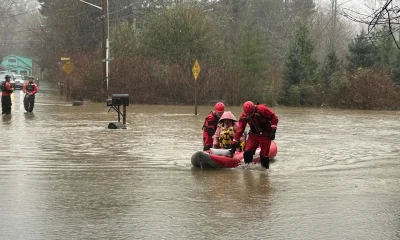
 International4 days ago
International4 days agoWashington declares State of Emergency as atmospheric river brings severe flooding
-

 International4 days ago
International4 days agoU.S. to require five-year social media history from tourists under Visa Waiver Program
-
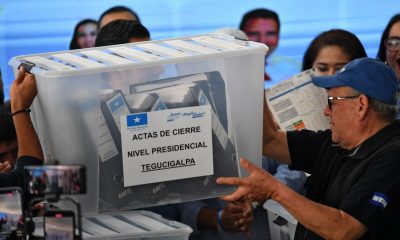
 Central America3 days ago
Central America3 days agoHonduras election crisis deepens as CNE president denounces intimidation attempts
-

 International3 days ago
International3 days agoCuba battles out-of-control dengue and chikungunya epidemic as death toll rises to 44
-

 Central America4 days ago
Central America4 days agoOAS and EU urge honduran political actors to respect vote results and avoid unrest
-
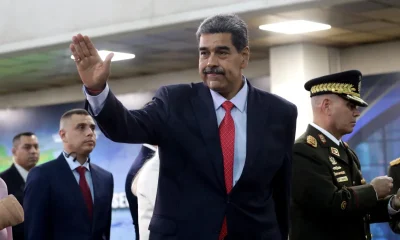
 International3 days ago
International3 days agoColombia says it would not reject Maduro asylum request as regional tensions escalate
-

 International2 days ago
International2 days agoSeveral people shot in attack on Brown University campus
-
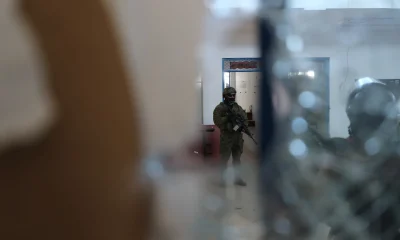
 International3 days ago
International3 days agoEcuador on track for record violence as homicides hit highest level in Latin America again
-
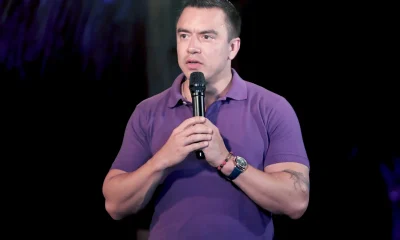
 International4 days ago
International4 days agoSix ecuadorian soldiers jailed pending trial for alleged extrajudicial execution
-
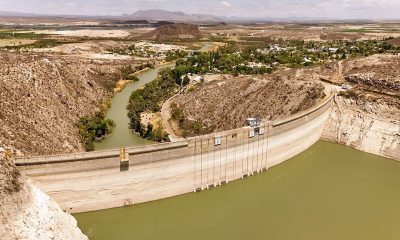
 International2 days ago
International2 days agoU.S. and Mexico Reach Deal to Address Water Deficit Under 1944 Treaty
-
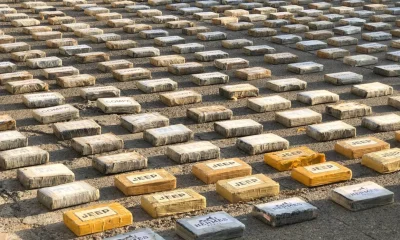
 Central America15 hours ago
Central America15 hours agoPanama seizes over three tons of drugs hidden in Caribbean port container
-

 International3 hours ago
International3 hours agoPolice investigate deaths of Rob Reiner and wife as apparent homicide
-

 Central America3 hours ago
Central America3 hours agoOAS urges swift recount in Honduras as election results remain uncertain


























